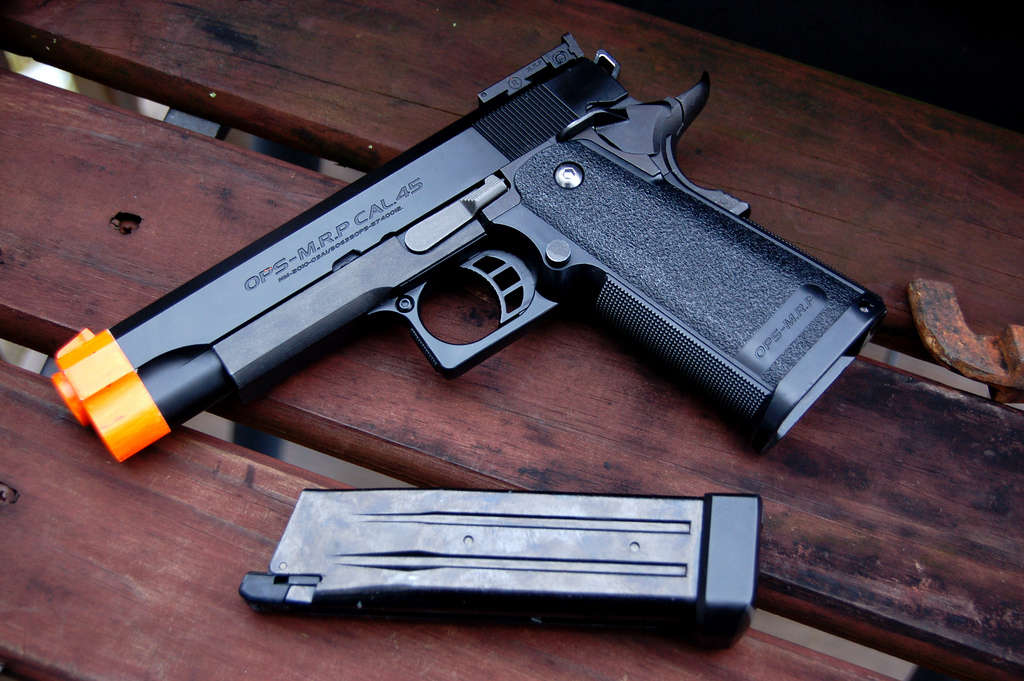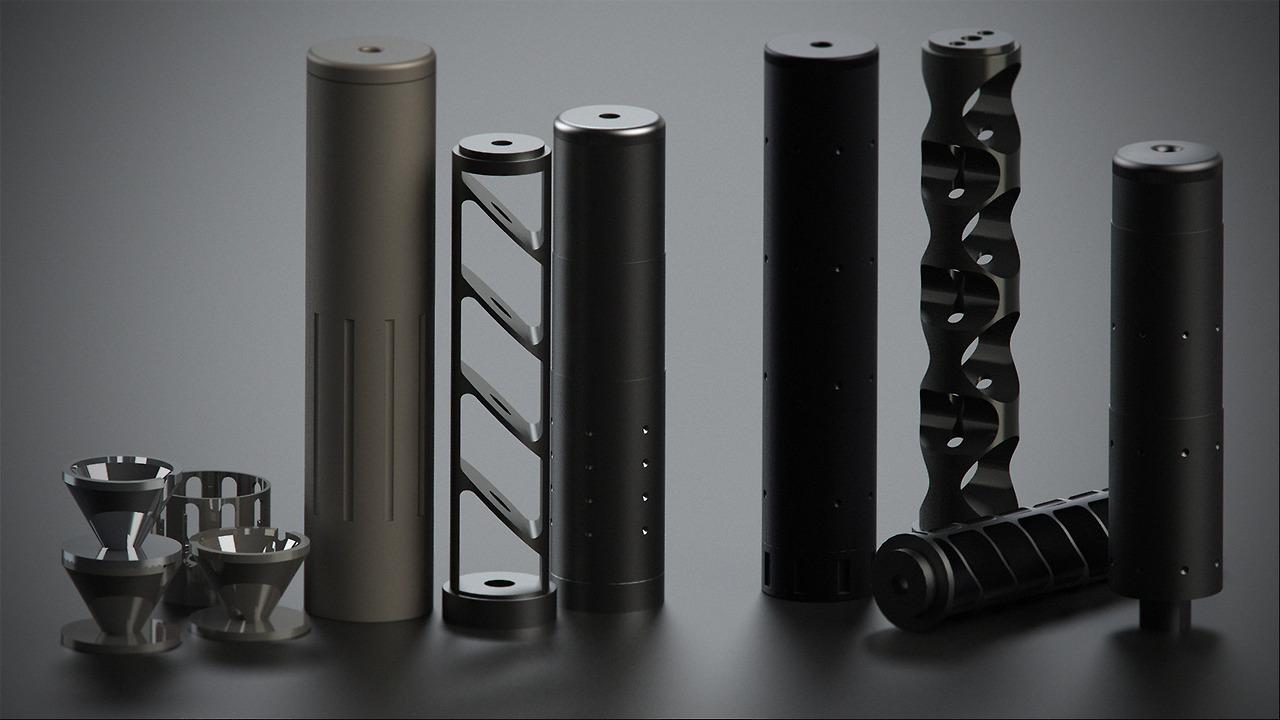For a fired shot to hit the desired target accurately, you must have adequate sight alignment and sight picture. If you’ve spent time at a shooting range, you would have heard these two terms and how they influence the firing experience. The truth is a user needs both to get an accurate shot. Although both terms are similar in concept, read further to learn more about the differences between sight alignment and sight picture.
Sight Picture
In marksmanship, the basic tenets rely on lining up the sights to hit a target accurately. In other words, sight picture refers to what your eyes see when you have your sights aligned and in proper positioning. It is the appropriate alignment of your vision when you aim at a target.
At any point in time, the human eye can only focus on a single object within range. This becomes quite challenging to achieve a perfect sight picture. This phenomenon is attributed to the differences in focal points, especially where the rear sight, front sight, and target are concerned.
Sight alignment
This occurs when the shooter gets a proper grasp of the pistol and aims downrange. When the user’s vision aligns with the rear end of the gun’s opening (the aperture), the front sight post is noticeable from there. As a shooter, you can only achieve accurate sight alignment when you adjust the front sight post within the rear aperture; depending on the type of gun, it will look like the letter ‘V’ or ‘U’ with a notch. That will include ensuring equal space on both sides of the post. In effect, a sight alignment when aiming a gun at the intended target becomes your sight picture.
The Seeming Differences
Now that you have a fair idea of what is meant by “sight picture” and “sight alignment”, it is time to look at the seeming differences between them. Whereas the sight alignment can be viewed in two ways (vertically and horizontally), the sight picture does not have the same characteristic. With the horizontal sight alignment, you should avoid placing the front sight too high; else, your shot will go above the target. It’s the same vice versa.
On the other hand, with a vertical alignment, you will need an equal amount of space distributed on each side of the notch. With this method, your rear sight becomes the window through which you can see the front sight. The fundamental principle here is to look through the rear sight and not at it.
Secondly, depending on the type of gun you’re using, your sight alignment will remain the same but not the sight picture. Different sight pictures are also known as ‘holds.’ Furthermore, a sight picture can be affected by adverse conditions such as inadequate lighting, but not the alignment.
Although both terms mean different things, each one relies on the other to function. Indeed, the seeming differences are primarily based on their definitions, but one cannot live independently of the other.
- News,
- 2551




